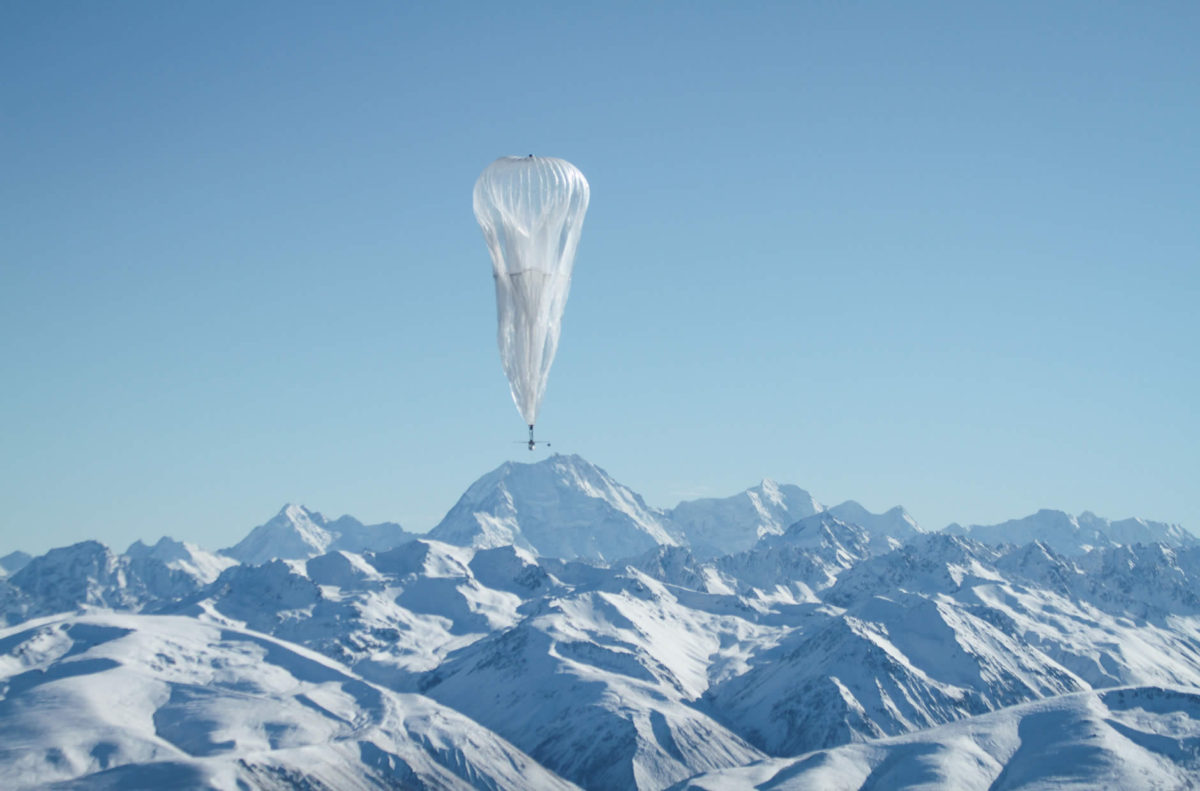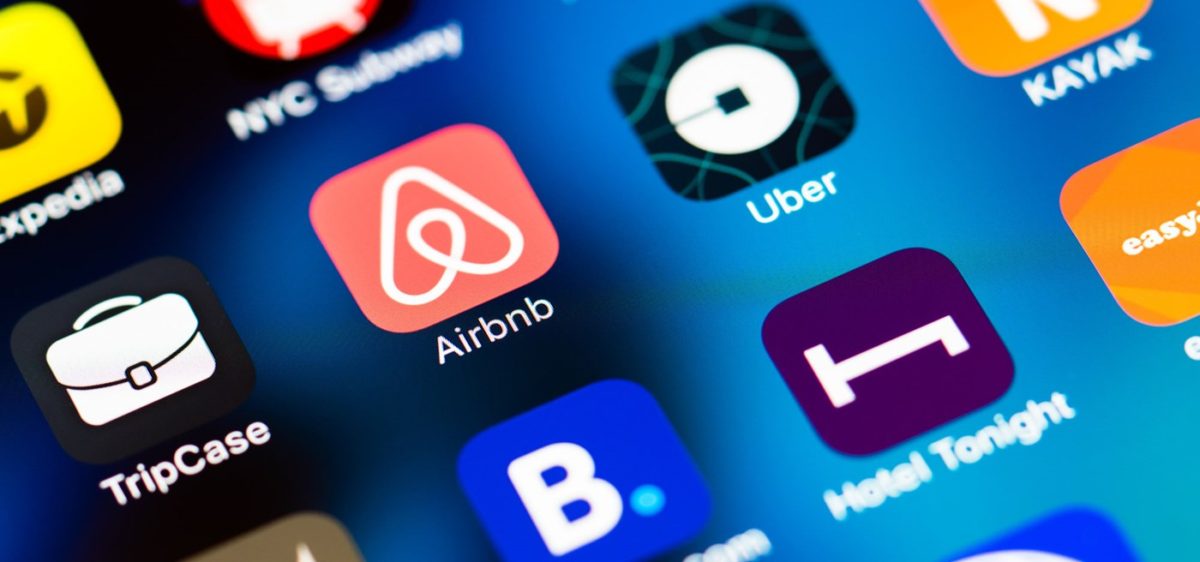Most of us, if not all, have gotten to the point where we see the internet and cell service as one of our basic needs. It’s hard to imagine a life without it. Unfortunately, natural disasters can damage cell towers severely, leaving enormous areas without connectivity. That is what Hurricane Maria did to Puerto Rico, where 85% of the population is left without cell service.
“Project Loon” – Google chose this name because loon is another worth for crazy, because the idea might sound a bit odd, and it is short for Balloon.
Initially Google came up with Project Loon with the ultimate goal to provide an uninterrupted internet connection world-wide through balloons. However, the balloons can also be used to provide cell service in emergency situations like natural disasters.
This is how the balloons work:
They go to a height of 20 km in the stratosphere, a sphere where turbulence and wind speed are relatively modest compared to other spheres. The balloons travel by moving into different wind currents by ascending and descending. Using the data of NOAA (the National Oceanic and Atmospheric Administration) software algorithms determine the height at which the balloons need to float.
Under the balloon hangs a small box containing the needed components such as batteries that safe solar energy, radio aerials, and a small computer so the balloons can communicate with one and another. In order to be able the communicate with the balloons, aerials on the ground will need to be placed.
It’s not the first time project Loon has been useful in the aftermath of a natural disaster. Earlier this year the balloons proved themselves valuable in Peru, after the country was hit by heavy floodings. There is one big difference however, Project Loon was already cooperating with Telefonica in Peru and testing the Balloons there. Once the Flooding happened, the programme was scaled up quickly. In Puerto Rico however, the balloons have never been used before. Therefore I’m interested to see how fast Project Loon will be able to provide sell service in Puerto Rico again. What about you?
References:
BBC News. (2017). Alphabet balloons connect flood-hit Peru. [online] Available at: http://www.bbc.com/news/technology-39944929
Sondermeijer, V. (2017). Google stuurt telecomballonnen naar Puerto Rico. [online] NRC. Available at: https://www.nrc.nl/nieuws/2017/10/07/google-stuurt-telecomballonnen-naar-puerto-rico-a1576398
X.company. (2017). Project Loon. [online] Available at: https://x.company/loon/


